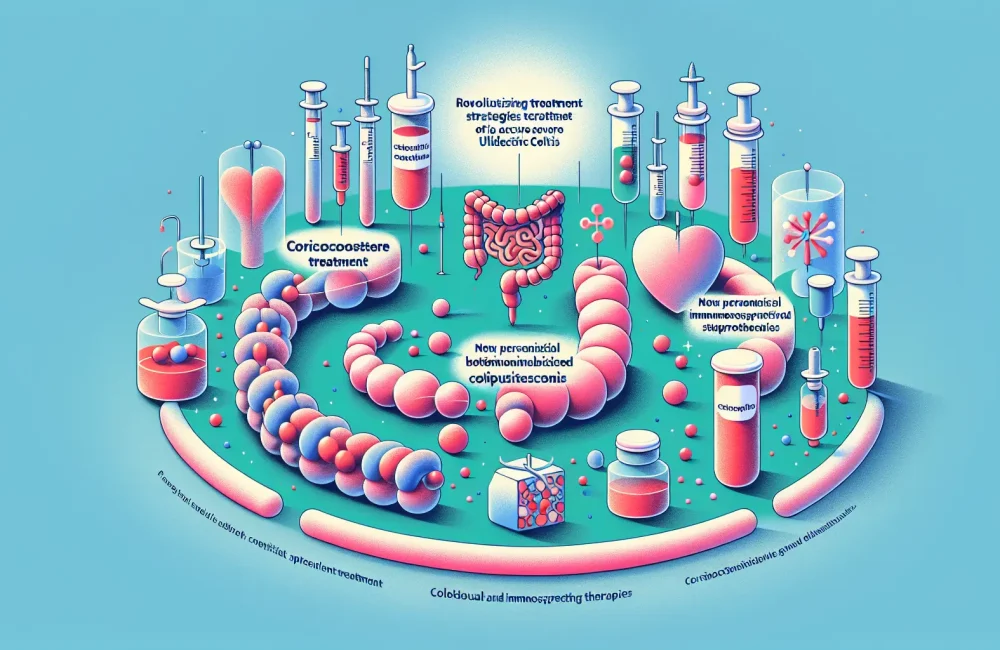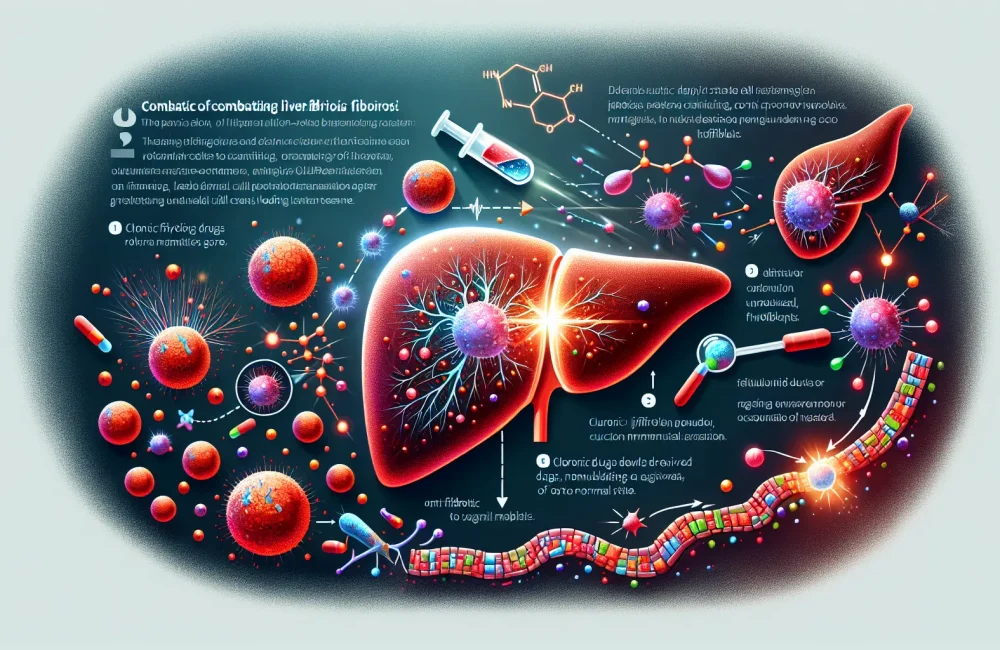By CAFMI AI From Gut
Limitations of Routine Mapping Biopsies
Gastric intestinal metaplasia (GIM) is a precancerous condition that increases the risk of gastric cancer. Traditional management often involves routine mapping biopsies, where multiple tissue samples are taken from various stomach locations to assess cancer risk. While this approach aims to identify dysplasia or early cancer, it is time-consuming, expensive, and can be uncomfortable for patients. Moreover, due to the patchy and irregular distribution of metaplasia, these biopsies may miss affected areas or provide redundant information, limiting their overall clinical utility.
Advantages of Endoscopic Stratification
Recent advances in endoscopic imaging techniques, such as narrow-band imaging (NBI) and high-definition white-light endoscopy (HD-WLE), now allow for more precise visualization of abnormal mucosal patterns associated with GIM. These technologies enable endoscopists to identify suspicious areas more accurately, supporting targeted biopsies of visible lesions rather than random sampling. This focused approach not only enhances the diagnostic yield but also shortens procedure duration and improves patient comfort. By using endoscopic features to stratify patients’ risk, clinicians can prioritize who needs closer surveillance and interventions, thereby optimizing resource use without compromising the detection of high-risk lesions.
Clinical Implications and Future Directions
The shift towards endoscopic stratification for GIM surveillance represents a move towards personalized medicine. Selective biopsy based on detailed mucosal assessment has the potential to reduce unnecessary biopsies, lower healthcare costs, and minimize patient burden. Importantly, evidence so far suggests that this does not reduce the ability to detect precancerous or cancerous changes. Clinical guidelines are evolving to incorporate these imaging advances, encouraging primary care physicians and gastroenterologists to collaborate on tailored surveillance plans. This approach aims to maintain patient safety and improve outcomes while streamlining care delivery in gastric cancer prevention.
Read The Original Publication Here






